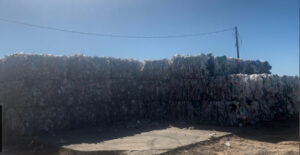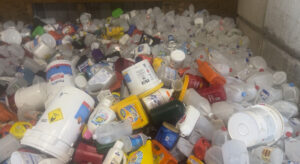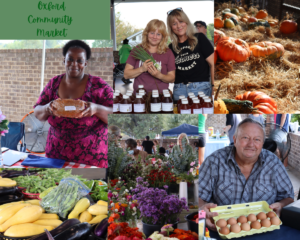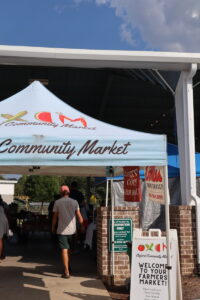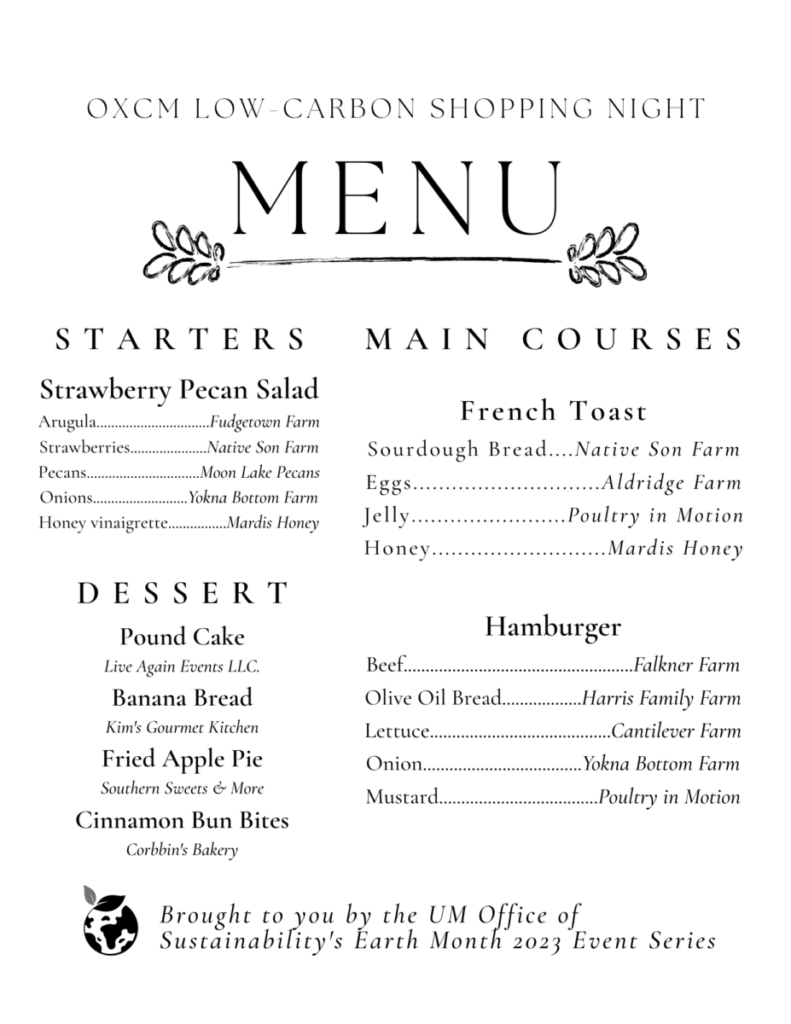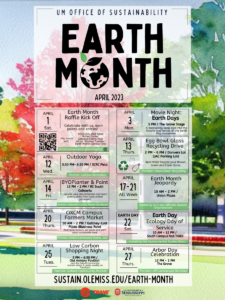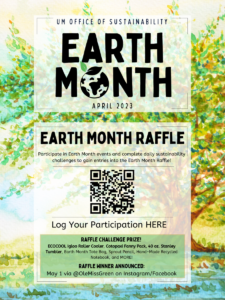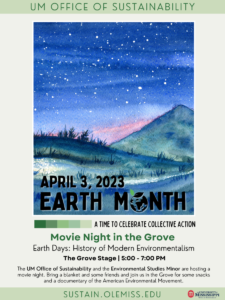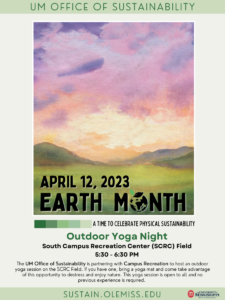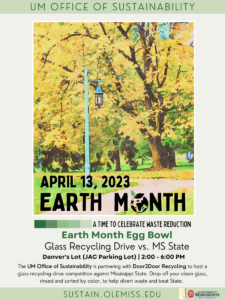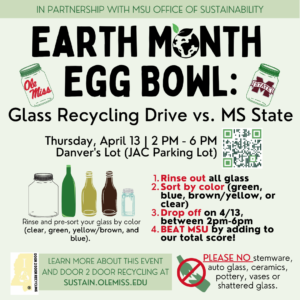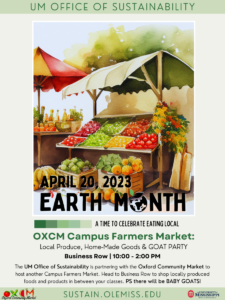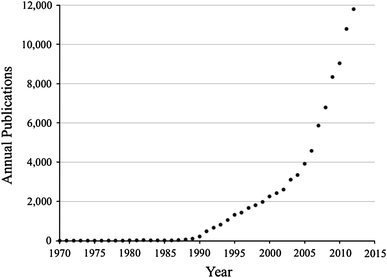As we enter Earth Month, there is much to be appreciated about the boundless beauty of this Earth and how it supports us in a rapidly changing world. Just as important, we should consider the ways we can support the Earth. It goes beyond recycling and reducing our negative impact that will long outlive us. Both of those are important in our sustainability efforts. However, there is a lot more that contributes to our ecosystem. Imagine a world where a walk in nature is void of bird songs? The ever looming possibility of extinction threatens the pleasure of sound. I had the honor of conversation with award-winning biologist and writer David George Haskell. Haskell has dedicated his expertise to the sonic ambience of nature and how it is at risk of being lost.
“It’s about being generous beyond our own species.”
Do you have any theories, philosophies or general ideas on sustainability and what that means to you?
It means being a good neighbor. Not only to our human neighbors but also the non-human ones like trees, birds and all living creatures inthe seas and rivers. It’s about being neighborly beyond our own species and encompassing the idea of living a good life. The idea that we should be respectful to others. Sustainability has this built-in idea in the word: sustain. For me, living well and thinking about the future is noble. We can plan for a better future but what we control is the present moment. What do we do with our days? What do we do with our time and talent? That’s where sustainability becomes really relevant. What are the things in this world that I want to be investing my time and energy in?
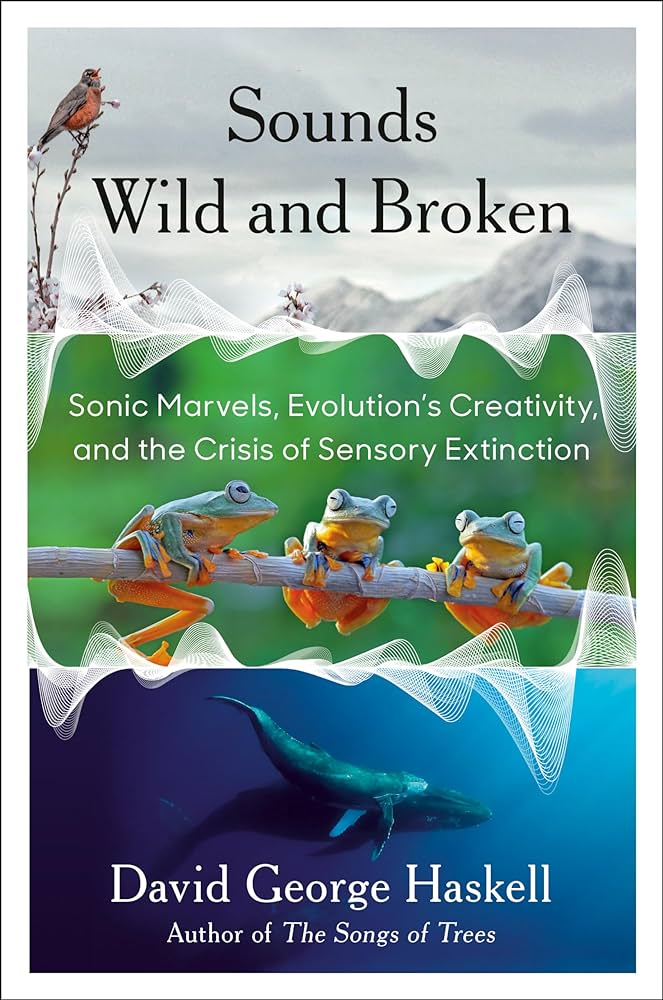
I love that your work overlaps with sustainability in this unexpected way. It also combines meditative writing and nature; it’s a blend of disciplines. How did you come to mesh these disparate topics and then proceed to put that work into the world?
So my background is in science. I studied biology then went on to get my Ph.D studying animal behavior and conservation. I started off very much focused on animals, especially birds and their conservation. Then I began to teach on the subject and the questions that students would ask, compelled me to think more deeply. Through thinking deeply, I realized everything was connected. You can’t only think about bird conservation without thinking
about how that connects to humans. Now, I work mostly as a writer and science is in my writing. Writing allows me to bring in more human interest. What happens to the birds in a region is tied up with human well-being. I live in Atlanta and some neighborhoods had roads and highways built through them that destroyed the neighborhood. That has an effect on the birds. The primary problem there is that it’s an unjust way of treating people. But also, by adding this traffic noise it intercepts with bird communication. When you stop focusing on just one thing you can see how human music fits with bird music. Some of the sounds of a city can be a beautiful thing, the sound of lots of good energy but it can also be terrible like too much noise. As a writer I’m not constrained by just having to write a scientific paper, essay or book. I can weave different strands together and I really enjoy that. And I don’t pretend to have the answers. We’re in a time of crisis and trouble. We’re not going to solve the problems by looking at things in isolation. I think we should think about interconnectedness and synergies more.
Your writing is really exploratory and I enjoy that aspect of it. I was particularly intrigued by your work in The Forest Unseen. You take this therapeutic approach to understanding the natural world. Another thing that stood out to me was The New York Times review of your book where they called you “a laureate of the Earth.” How does that review of your work resonate with you if at all.
Yeah, I was obviously delighted they had such kind things to say about my work. I think we’re all laureates of the Earth, right? We’re all living beings who are trying to find our way through life. And we’re all creative right? Even if we’re just telling a story to our friends over dinner, we’re interpreting and we’re making and trying to figure out the meanings of stories. I’m delighted the reviewer thought that some of the stories I told were worth honoring that way. I also think it’s a danger in picking out individuals in that way because we’re all in this together. The challenge for all of us is how do we find meaning? How do we find the right parts moving forward?
What are some of the ways you think humans can positively engage with their neighbors of other species?
The first thing is to take time and enjoy the gifts we’ve been given. Even though there’s a lot broken, it’s springtime and there are flowers blooming and birds singing. We should take time to enjoy and celebrate that together. It gives us a reason to care and restore our soul. It restores our spirit and it’s good for our mental health. So that’s the first thing, actually taking time to appreciate. The second thing is to engage our gifts and talents to become part of the solution. Writing is not enough. Education isn’t enough. I think we have to engage politically. Politics is really uncomfortable for me but I think it’s important because it matters who we elect. Sure, we’ve got some imperfect choices but it’s still important to be involved. Candidates may not speak on bird conservation but may have more to say about building highways, for instance. That’s relevant. Our political leaders shape the policies that determine how cities are built. That affects whether there will be bird songs for our kids and grandkids to enjoy.
I’d like to get back into some of your ideas on sonic exploration. Can you talk a bit more about the importance of music in nature and how you found your way to that particular topic?
I think we have two main problems with sounds in the world. One is that, in some places, we are making so much noise that we’re drowning out other species. In these places we have so much industry or highway noise, that birds and other insects can’t hear each other’s mating songs. So even if there’s food and habitat for them, they can’t thrive in that environment. And the other thing is we are basically silencing habitats. When we totally clear forests, a tropical forest for instance, we eliminate most of the species there. So when you walk into this forest it’s complete silence.
How does the sound of nature affect human psychology?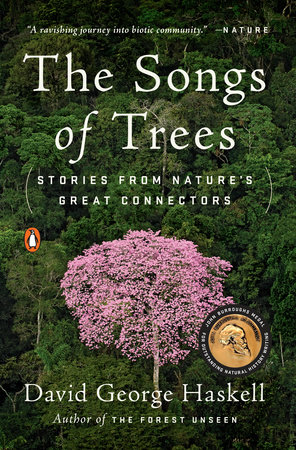
It’s pretty good psychological evidence now that both sounds and also the sight of greenery and trees are good for our mental health. So if we lose that we have a tendency to become more anxious and depressed. We’re also less sociable. Studies have shown that when people are in nature they are more likely to be open and friendly strangers. Whereas in a place with more traffic, we subconsciously become more closed off. The sounds of the world actually affect human social dynamics.
Going back to The Forest Unseen, you went into the same spot everyday for a year?
Well, nearly every day.
I find that kind of devotion admirable. How did that transform you and change your idea of Self and your environment?
It messed me up (laughs). No, it was really interesting and I learned a lot about the forest. I noticed all kinds of interesting things about forest animals that I hadn’t before. Beyond that, it kind of gave me the sense of how small I was in the bigger scheme of things. In a way that made me feel irrelevant. And I felt in my bones that the world doesn’t revolve around me. It doesn’t revolve around any of us. It doesn’t even revolve around our species. This world isn’t older than any of us. There’s something kind of beautiful about being in relationship to a creative force. That transcends you. And that, to me, was reassuring. I also felt joyous in contrast to this sadness of what we’re doing to this world. When you’re in a place and become connected to it really well, you feel the wounds as well as the joy.
“The world doesn’t revolce around me. It doesn’t revolve around any of us…it doesn’t even revolve around our species”
I’m a huge believer in nature as therapy. Do you have any thoughts on the therapeutic properties of nature? In general but also from your experience.
I experience some level of anxiety. To me, that sensory connection of being in nature helps. Being able to breathe in the smell of soil and see some colors and hear some birds. So instead of just living in my head I actually come back into my body in a way that is relaxing. A lot of the world can feel threatening with crazy news stories but being in nature helps ease that.
What is one pressing environmental or sustainability issue that is of special concern to you?
One place that we often forget is the oceans. There’s so much shipping noise and noise from seismic exploration for oil that it is quite literally killing some marine animals. It stresses them out and degrades their ecology. We’re on land and don’t hear those sounds yet we’re the ones creating it. Every time I fill up my gas tank or buy something from another continent, I’m putting sound in the ocean. That’s an issue that we tend not to think about but it is a sonic crisis.
Lately I’ve been seeing a lot of videos about marine animals washing ashore. I saw one where sea lions flooded a beach in San Diego and another where millions of sardines washed ashore. What do you think the sea animals are trying to tell us?
Quiet down humans! Just let us get a little bit of peace. The other thing is to stop using the ocean as a trash can. All the pollution and runoff is killing a lot of these creatures. It’s easy for us to forget but if someone dumped trash in our front laws we’d be upset about that.
David’s Top 5:
Favorite past time:
Gardening. I love to grow food and flowers.
Favorite band or musician:
One that has blown me away is listening to a reconstruction of Paleolithic flutes played by Anna Patenkowski. She took the first known musical instrument on Earth that are 40,000 years old carved from mammoth ivory. She plays these simple melodies but for me they blow me away and transport me back in time
Favorite snack:
I love a nice handful of mixed nuts and dark chocolate because it’s crunchy and sweet.
Favorite tv show or movie:
I like Verna Herzog’s Cave of Forgotten Dreams. It’s kind of quirky but I like most animated things, especially claymation. It’s such an exciting visual world.
Favorite self-care activity:
Playing music. I’m not a great musician but I play as an amateur guitarist and violinist. To me, it’s another activity that gets me out of my head and back into my body.
Favorite snack:
I love a nice handful of mixed nuts and dark chocolate because it’s crunchy and sweet.
David Haskell is a writer and biologist. His latest book, Sounds Wild and Broken, was finalist for the Pulitzer Prize in General Nonfiction, finalist for the PEN/E. O. Wilson Literary Science Writing Award, and winner of the Acoustical Society of America’s Science Communication Award. The New York Times listed the book as an “Editor’s Choice”. Sounds Wild and Broken explores the story of sound on Earth. Starting with the origins of animal song and traversing the whole arc of Earth history, he illuminates and celebrates the emergence, diversification, and loss of the sounds of our world, including human music and language.

